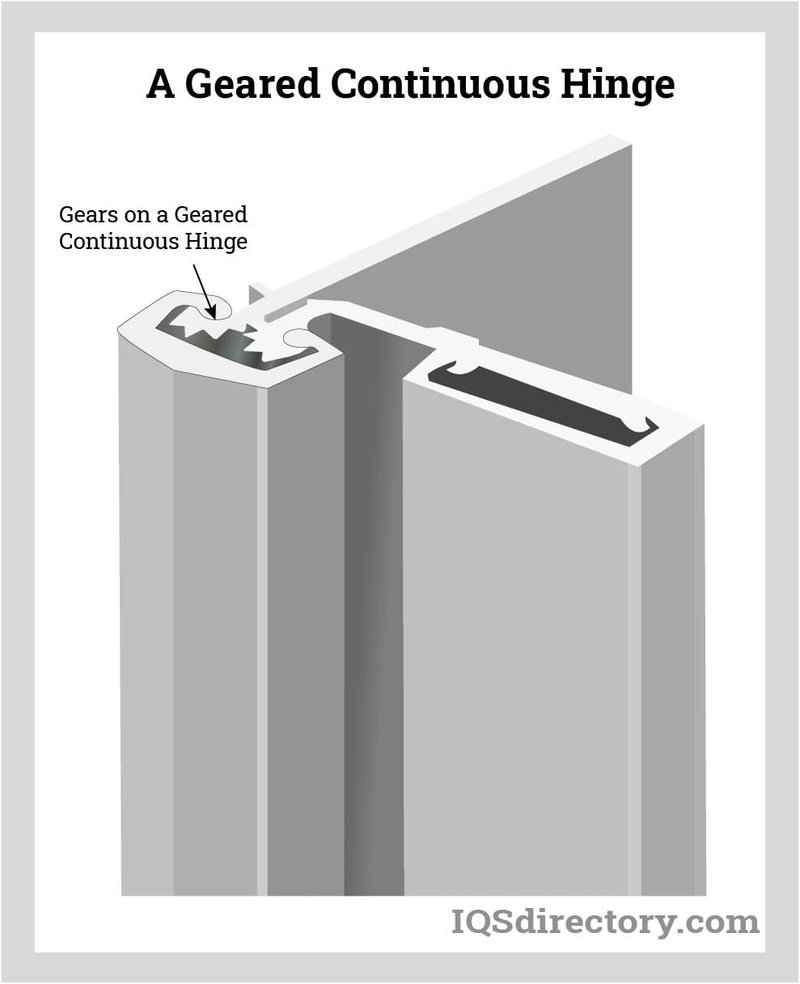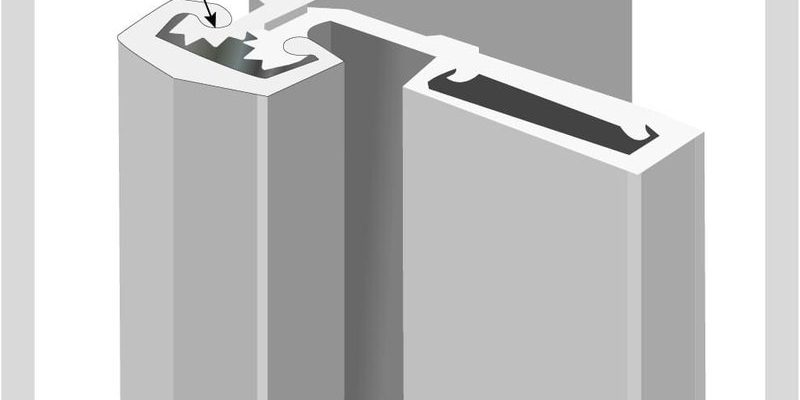
What Are Butt Hinges?
Butt hinges are the traditional choice for many interior doors. They consist of two plates, known as leaves, that are attached to the door and the door frame. When the door swings open or closed, the leaves pivot around a central pin. They’re typically used in residential settings, and their compact size makes them an ideal option for most standard doors.
You might be wondering why these hinges are so popular. One reason is their simplicity. They come in various sizes and finishes, allowing you to find a perfect match for your decor. Plus, they’re relatively easy to install. If you’ve ever replaced a door or hung one, chances are you’ve used these before.
Butt hinges work well for doors that don’t see heavy traffic or extreme conditions. So, if you’re considering using them for a closet or bathroom door, they could be an excellent fit. They allow for smooth operation and provide just the right amount of strength needed for day-to-day use.
What Are Continuous Hinges?
Continuous hinges, often called piano hinges, run the full length of the door. This design provides even weight distribution and greater stability, making them an ideal choice for larger, heavier doors or doors that receive a lot of use. Think school gymnasiums or public buildings—places where doors see constant opening and closing.
Because they’re longer than butt hinges, continuous hinges can handle more wear and tear. If you’ve ever had a door that creaked or stuck, it might have been because the hinge wasn’t sturdy enough. Continuous hinges help prevent this by providing consistent support along the entire edge of the door, reducing the risk of sagging or misalignment.
Additionally, their design allows for seamless integration into your door frame, which can create a cleaner, more polished look. If aesthetics matter for your project, these hinges can be a great option.
When To Use Butt Hinges
You might find butt hinges to be the perfect choice for several scenarios. Here are some common uses:
- Interior Doors: For standard doors in homes, such as bedroom or bathroom doors, butt hinges are often sufficient.
- Lightweight Doors: If the door is lightweight, like a hollow-core door, butt hinges can support it easily.
- Short-Term Solutions: If you’re doing a quick renovation or need a temporary fix, butt hinges can be a faster option to install.
As you decide, consider the lifecycle of the door. If it’s a door that will see a lot of use yet doesn’t weigh much, butt hinges can work just fine. They’re easy to find at most hardware stores and come in a variety of styles to match your decor.
When To Use Continuous Hinges
So, when should you opt for a continuous hinge? Here are a few scenarios that highlight their advantages:
- Heavy Doors: If you’re dealing with solid wood or metal doors, continuous hinges provide the necessary strength.
- High Traffic Areas: For places with heavy foot traffic, like schools or office buildings, these hinges can withstand the constant use.
- Enhanced Security: Continuous hinges can offer additional security because they reduce the chance for tampering compared to butt hinges.
In situations where stability, durability, and aesthetics are crucial, continuous hinges are often the best bet. They help keep larger doors operating smoothly and can extend the lifespan of your door hardware.
Comparing Durability: Butt Hinges vs. Continuous Hinges
When it comes to durability, continuous hinges have the upper hand. Their design spreads weight along the entire length of the door, making them less prone to bending or breaking over time. In contrast, while butt hinges are reliable, they can become loose or misaligned if not installed correctly or with a heavy door.
Consider the environment where the door will be used. For instance, if your door is in a high-humidity area, continuous hinges made from corrosion-resistant materials may perform better in the long run.
Overall, if you prioritize longevity, continuous hinges are your best choice. They’ll save you from needing frequent replacements and repairs, allowing you to focus on enjoying your space.
Installation Considerations
Installation can be another factor in deciding between butt hinges and continuous hinges. Butt hinges are generally easier and quicker to install, especially for a DIYer. They require just a few screw holes and align easily. If you’re a novice, starting with butt hinges might be less daunting.
On the flip side, continuous hinges require a little more precision, as they need to be aligned perfectly along the entire length of the door. Some kits come pre-drilled, which can help, but if you’re unsure, you may want to hire a professional for the installation.
Keep in mind that the cost of installation might also vary. Generally, butt hinges are cheaper to install due to the simplified process, while continuous hinges may require a trained eye to ensure a good fit.
Understanding Costs and Budget
When considering costs, butt hinges are usually more budget-friendly. They are often less expensive than continuous hinges, both in material and installation costs. This can make a significant difference if you’re working on a tight budget.
However, continuous hinges might save you money in the long run due to their durability and lower maintenance needs. Think of it like investing in quality shoes. They may cost more upfront, but they last longer and provide better support over time.
Before making your decision, weigh the initial costs against potential long-term benefits. Investing in stronger hinges can mean fewer repairs and replacements later.
Final Thoughts
Deciding between continuous hinges and butt hinges for your interior doors can seem overwhelming at first. However, by considering factors like door weight, traffic levels, installation ease, and aesthetics, you can find the perfect match for your needs.
In general, if you’re working with a standard lightweight door in a low-traffic area, butt hinges are a reliable choice. For heavier doors or high-use environments, continuous hinges offer the stability and durability you need.
Remember, the right hinge can go a long way in ensuring your doors function smoothly and look great. Whether you’re a DIY enthusiast or just looking to make informed decisions, understanding these hinge options can lead to a more functional and stylish home.
